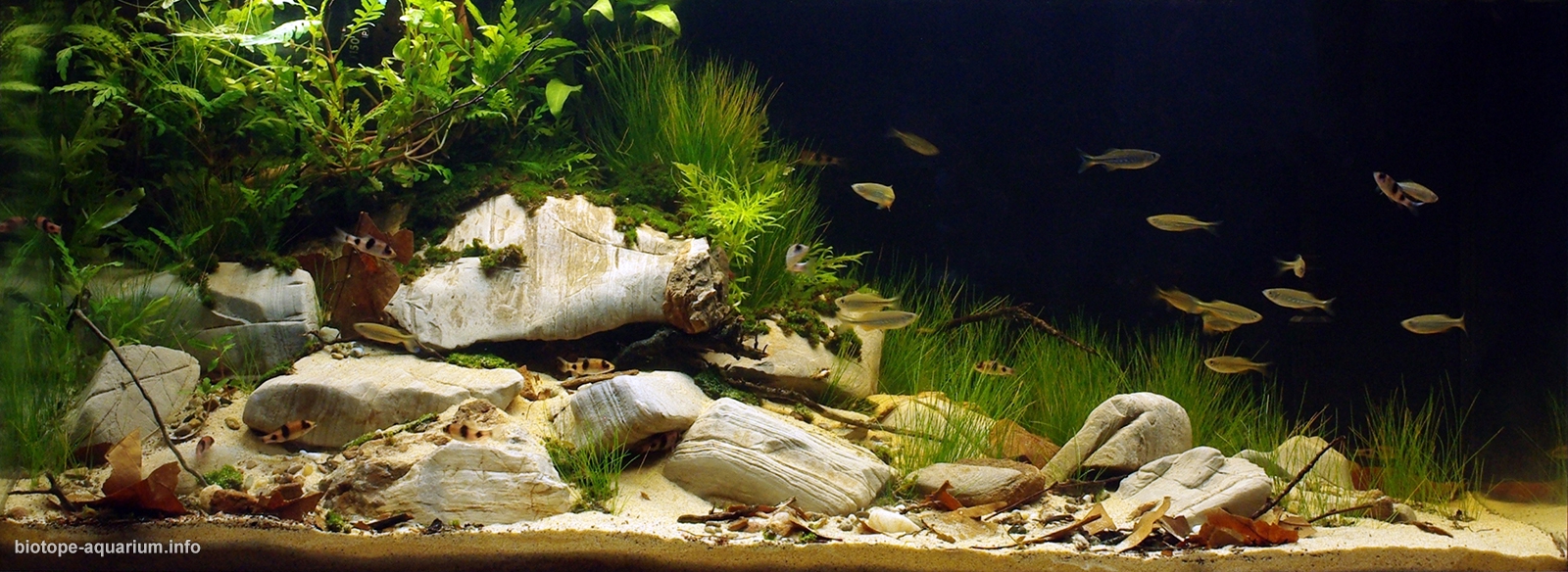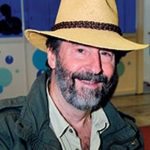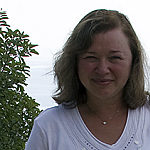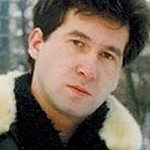Western Ghats – Chalakkudy river, India
The 1st place in the final of the Biotope Aquarium Design Contest 2013
![]() Croatia. Petra Bašić
Croatia. Petra Bašić

Volume: 180 L
List of fishes: Barbus fasciatus, Danio malabaricus, Mastacembelus pancalus.
List of plants: Hygrophila difformis, Вacopa monnieri, Eleocharis acicularis, Hyophila involuta, Hygrophila pinnatifida, Myriophyllum tuberculatum.
Biotope description: One of numerous tributaries of Chalakudy River, in forests of Athirappilly. Chalakudy River is the fourth longest river in Kerala, India. It is well known for its fish diversity and thick riparian forests. Rivers in the Western Ghats are rain-fed and seasonal, so many habitats undergo changes in depth, temperature, water chemistry, turbidity and flow rate, depending on the time of year. Some fish, like melon barb (Haludaria fasciata), prefer shallow and quiet zones with submerged cover in the form of aquatic vegetation and leaf litter. Where riparian vegetation is absent, river bed is covered with rocks and yellowish sand.
Petra’s comment about the contest: This being my first time ever on any aquaristic competition I was amazed and overwhelmed by everything that was going on in the show area; from the perfect organization to the great amount of people who are into biotope design, and who were willing to share their knowledge and experience. Since aquaristic hobby is not yet that developed in Croatia, and some things are still a bit „far away“, I was astounded that with my knowledge I was good enough to even get the chance to participate in this competition, and thrown off my feet when I actually won. I still can’t believe it. When I was thinking about the part of the nature I would like to sqeeze in an 180l tank, a detail of Chalakkudy river seemed as a good choice since I didn’t only want to show the beauty and diversity of the underwater paradise it is but also to warn that it could all be lost soon due to the pollution of the river.

The best won, only errors: correct spelling is Chalakkudy (2 ‘k’), and no H. diformis in that river system.

Great job with stones, coastline is very beautiful and natural, quite unlike aquascapes in Iwagumi style, that is a big plus. I love the way Eleocharis is planted and the leaves are laid out, all this together creates a feeling the coast is somewhere near. The fish feels great, shows natural behavior, is not hiding, does not refuse to eat. I would have mentioned some disadvantages: background plants are planted too thickly, I would like to add some plants among the rocks in the middle ground. And Hygrophila pinnatifida should not be left in pots, though it is a contest, and the life of the aquarium is short, yet the plants should be planted.

This aquarium was set up perfectly from the point of view of aesthetic. The selection of fishes and plants is correct. But the ground moss will not grow under water, and it grows on the ground somewhat denser. Mastacembelus pancalus is actually Macrognathus. It is very easy to distinguish Mastacembelus from Macrognathus by the caudal fin. Mastacembelus has no caudal fin in our understanding. Dorsal and ventral fins merge into a straight line, with some rounding at the end of the tail part of the body, and Macrognathus has a small caudal fin (tail). I was also in doubt about Devario malabaricus. He looks very much like another very similar species that does not live in this biotope: D. aequipinnatus. But for a more precise definition it is necessary to count the rays of the unpaired fins. This is a very nice aquarium. I would not mind having this at my home!
